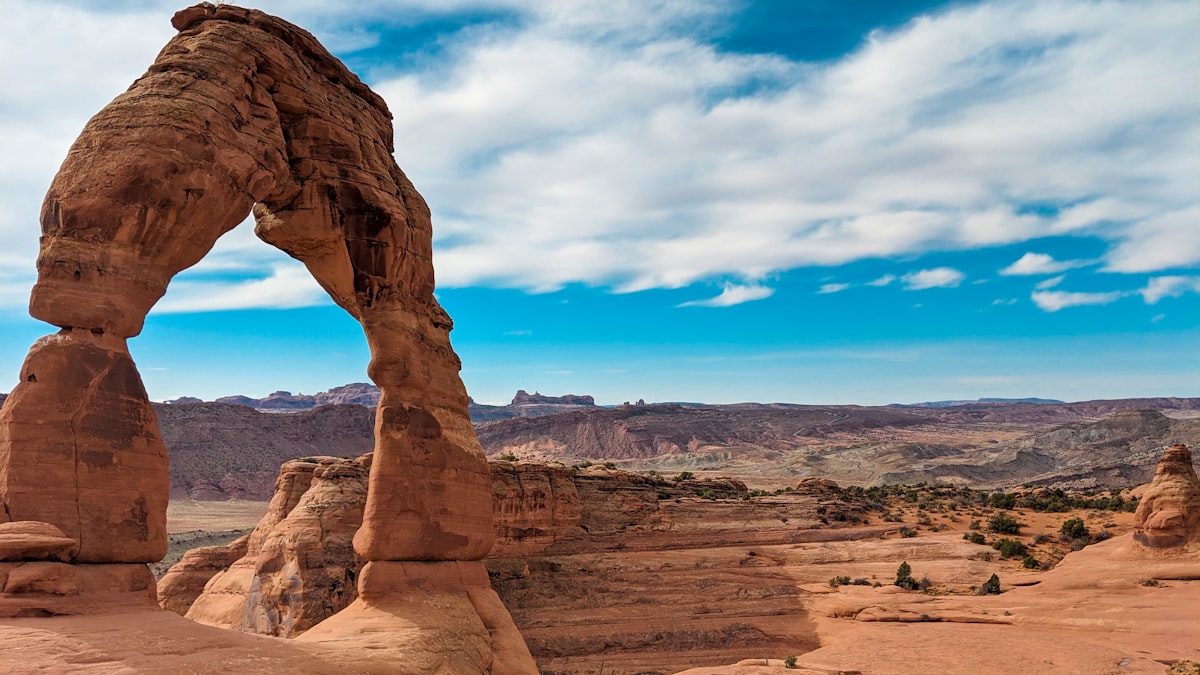Weathering

Weathering is the process by which environmental forces break down rocks and soil to form sediment. There are two types of weathering, called mechanical and chemical.
Mechanical weathering is when sediment is created through physical means. There are a few types of mechanical weathering.
- Thermal expansion and contraction occur when rocks change shape and size due to heat and cold. One example of this process can be found at Arches National Park. Thermal expansion and contraction played a role in carving the sandstone that these arches are made of.
- Abrasion is when rocks wear down from being scraped by other surfaces like rocks, carried by water, wind, etc... The many holes in the arches at Arches National Park were formed by rain and wind scraping rock particles against them.
%2FArchesNationalParkAmitBasuPhotography-571130603df78c3fa298c187.jpg&f=1&nofb=1&ipt=e59f9f832409b0726bec21fe9ee5766969fc1c73807cefaea85eba8dd66a3be6&ipo=images)
- Frost weathering occurs when rocks break down from freezing or thawing water. One example is Bryce Canyon's sandstone hoodoos, which are formed by water freezing in cracks between rocks and expanding, pushing them apart and breaking them.
%3Amax_bytes(150000)%3Astrip_icc()%2F__opt__aboutcom__coeus__resources__content_migration__mnn__images__2016__03__hoodoos-brycecanyon-cd7db881db3649419860498000908fc4.jpg&f=1&nofb=1&ipt=212ea606eff7e5cad0c34e680d9cd03835a619c22c9baa3dafdc489f3b41bb3b&ipo=images)
- Exfoliation occurs when rocks grow from a sudden decrease in pressure. One example of exfoliation is Moro Rock in California. This monolith was formed by a piece of granite that overtime shed some rock layers and thus lost pressure. When enough was lost, it grew, forming this giant lump of granite.
Chemical weathering is when sediment is created through chemical means. There are two types of this weathering.
- Dissolution is when minerals in rocks dissolve, or mix, with water. When these minerals dissolve, the rocks become more prone to breaking.
- Carbonization is when CO2 combines with water, either in the air or on the ground, to form a weak acid. One example of carbonization is The Great Blue Hole in Belize. This massive sinkhole was created when the layer of rock made from Karst Limestone covering the cave underneath it collapsed from carbonization and dissolution.

Thermal expansion and contraction, abrasion, frost weathering, exfoliation, dissolution, and carbonization are all forms of weathering. They continue to shape the world we live in.




